Many people depend on their home computer to conduct essential business for both their professional and personal life. For example, more employees are now working remotely from home. Many consumers use their computing devices to shop, bank, and pay bills online. All of these are highly personal activities, as well as highly lucrative targets for hackers and identity thieves. You would never want your private data to fall into the wrong hands. That’s why you must protect yourself from malicious online attacks. Here are the critical steps that you must follow to keep your computer(s) safe from cyber threats.
1. Install Internet Security Software
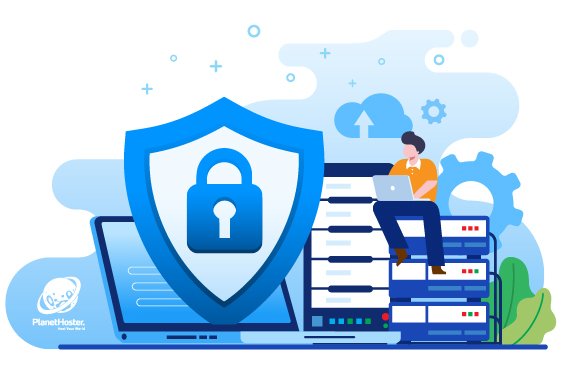
Strong cybersecurity starts with installing the strongest antivirus software on all of your computing devices. Internet security software should also protect your devices from dangerous malware as well – which is often used in identity theft crimes. Furthermore, you must keep your antivirus software up-to-date. You should also scan your computer for viruses and malware each night before turning it off.
2. Install a Firewall
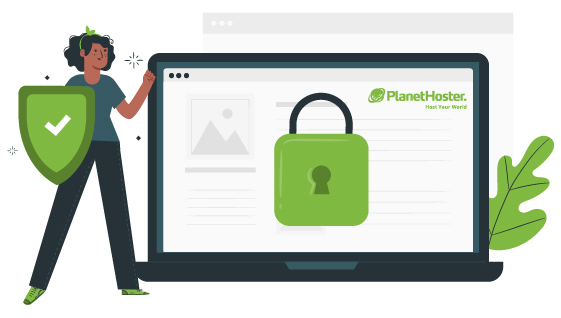
The best way to protect your PC from hackers is to prevent them from accessing it to begin with. You can do that by installing a firewall. A firewall will block outside attempts to gain access to your computer. It can also protect your computer from some viruses, malware, and Trojans too. All Windows-based computers/laptops/tablets come with the Windows Firewall already preinstalled. However, most internet security software programs include the option to install a firewall as well.
3. Create a Boot Disk
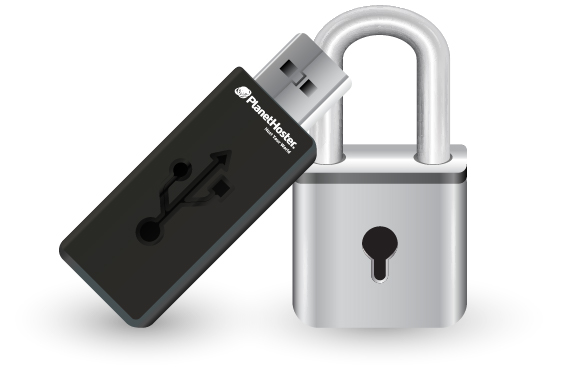
Even with the best internet security precautions, your computer could still be compromised by a malicious cyber attack. Oftentimes, malicious software is so destructive that it can corrupt your computer’s operating system – which means you can no longer use it. Your only option to salvage your computing device is to restore it to the original (factory) settings. Therefore, you should create an emergency boot disk if one didn’t come with your device. Most people create a boot disk on a USB flash drive. You can learn how to create a boot disk by researching it further online.
4. Backup Everything
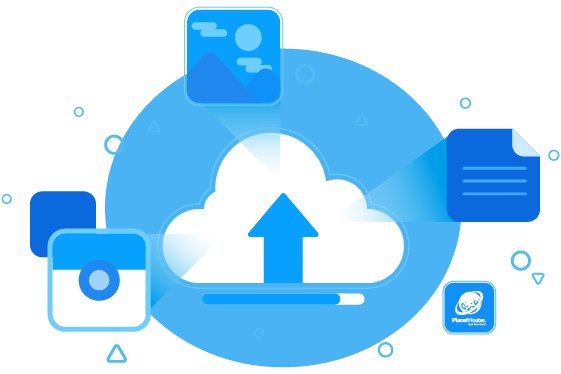
In addition to an emergency boot disk, you need to regularly backup your computer’s files to ensure that you never lose them. A growing number of home computer users are being targeted by ransom attacks. Hackers essentially lock their computer which prevents access to their files. You can backup your computer files on a USB flash drive, or by using some type of cloud storage system – like Google Drive.
5. Install Software Updates
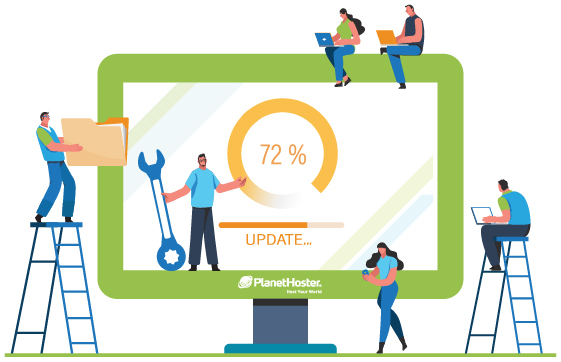
Hackers are often able to exploit security holes that they find in software that runs operating systems and computer programs. Therefore, you want to make sure that all of the software you use is kept up-to-date. If you have a Windows-based device, you can configure your settings to automatically download and install all Windows updates. Google and Apple offer automatic updates for their devices as well. Most of the computer programs that you use will alert you when a new update is available.
6. Configure Strict Web Browser and Email Security Settings
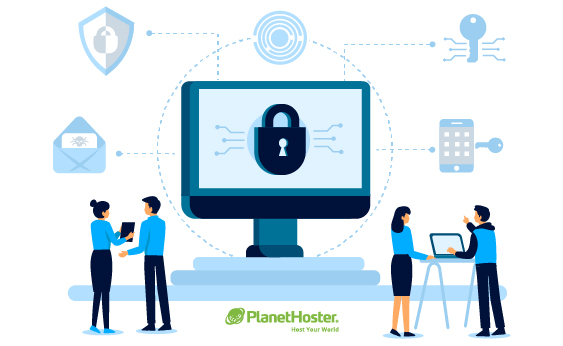
You can enhance your cybersecurity by configuring strict security settings for your web browser and email application. For example, you should strongly consider disabling JavaScript since it’s used a lot by hackers. Furthermore, you can disable the cookies in your web browser, so that your internet browsing habits aren’t tracked by any websites.
7. Don’t Install/Run Unknown Programs
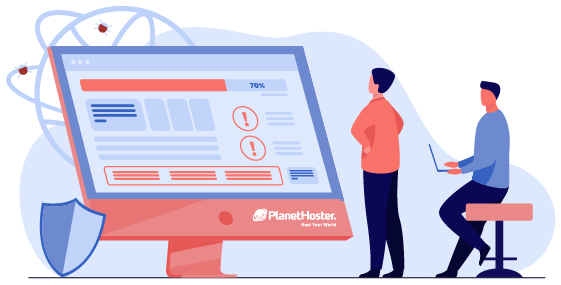
Hackers will often hide a Trojan horse (or other malicious software) inside of a program that otherwise looks completely legit and harmless. While hackers can hide malicious software in any kind of program, they usually do it in games and screensavers – since they are so popular with users. Therefore, you should never download/install/run programs unless you are completely sure that they are safe and legit. In fact, you should never download a program before scanning it with your internet security software.
8. Don’t Open Unknown Email Attachments/Links

In addition to being a very popular communication medium, email is also a very popular way to spread malicious software. Email is especially popular for phishing scams – where a user is tricked into sharing personal data with identity thieves. You should have your internet security software configured to scan every email that you receive. Furthermore, you should never open an email attachment nor click on any links from an unknown email address. Even if the sender looks legit, you should scan all attachments with your internet security software before opening them.
9. Disable Hidden Filename Extensions
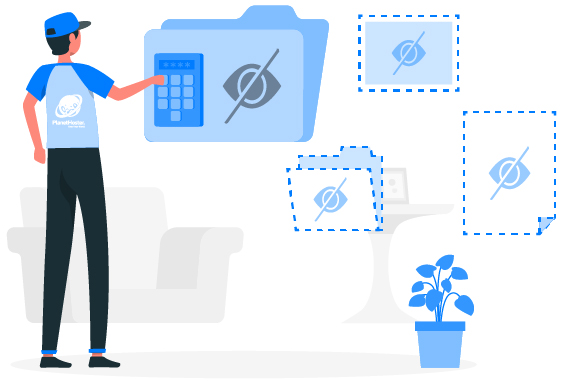
Windows-based devices have a security flaw that makes them vulnerable to cyber threats. By default, the Windows operating system hides file extensions for all known file types. Unfortunately, that gives hackers a sneaky way to hide the file extensions of their malicious software programs. Therefore, you will want to disable that option in Windows. That way you will be more likely to notice suspicious file extensions that don’t belong on your computer.
10. Turn Off Computer and Disconnect from the Internet
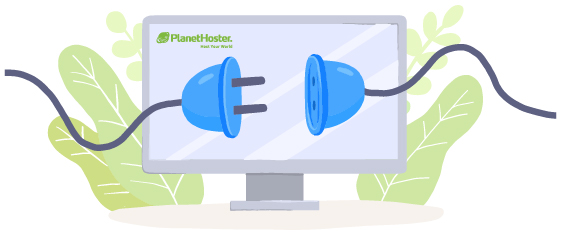
Last but not least, you don’t have to be actively browsing the Internet for your computer to succumb to a cyber attack. If you leave your computer on and connected to the Internet, it’s still at risk of cybersecurity threats. Therefore, when you are done using your computing device, you need to completely turn it off. Furthermore, you should go ahead and disconnect it from the Internet to make sure that there is absolutely no way that a cyber criminal could access it.
In short, protecting your computer from cyber threats starts with installing antivirus software and a firewall. However, just in case your device succumbs to a cybersecurity threat, you should create a boot disk, as well as conduct regular data backups. Always install available software updates – especially security updates for your operating system. Make sure that you configure strict browser and email security settings too. Don’t download or run unknown programs – and don’t open unknown attachments and links in emails. For added online security, disable the hidden filenames feature if you have a Windows-based device. Always turn off your computer and disconnect it from the Internet when you aren’t using it.